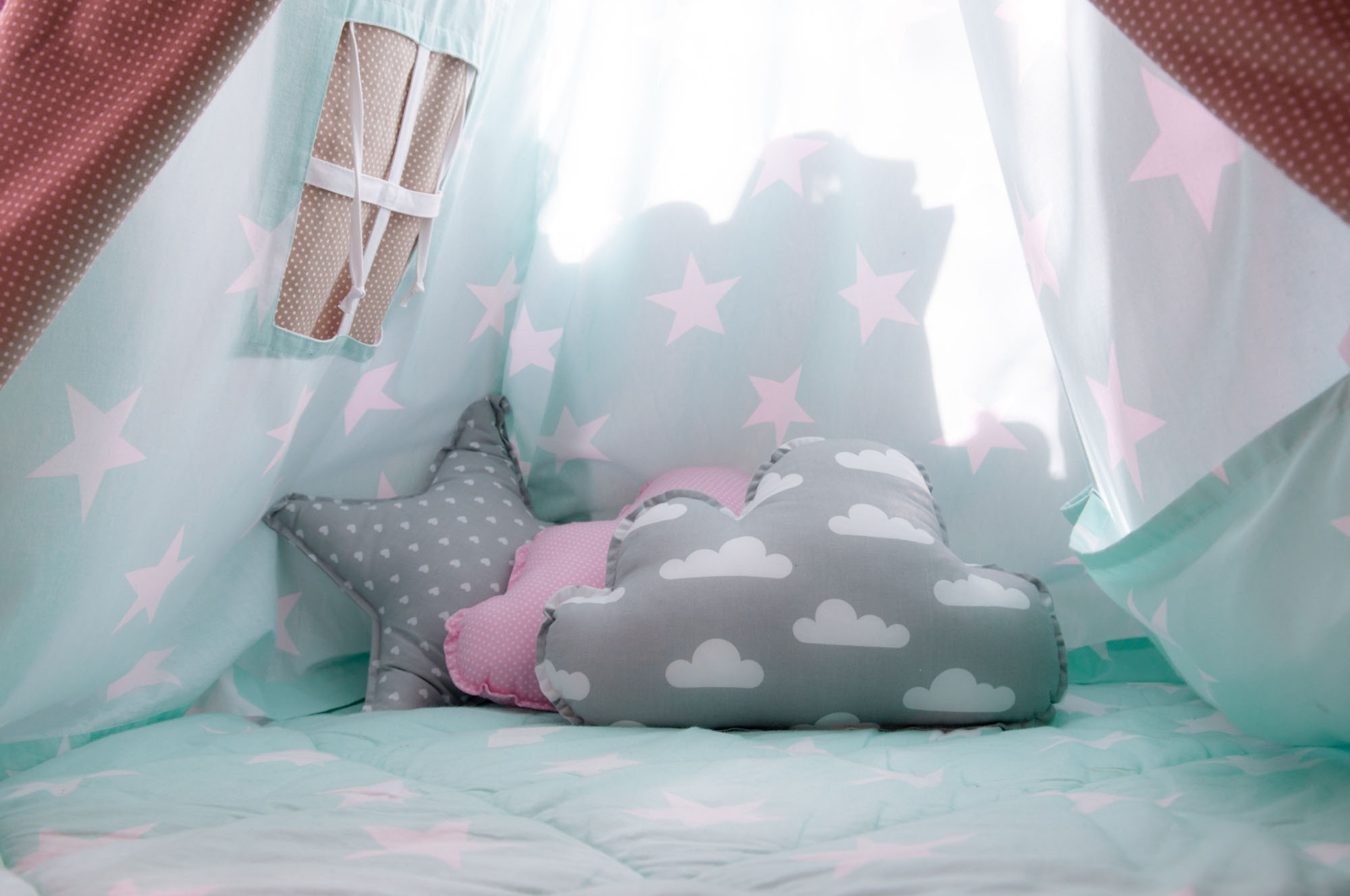
The Importance of Child-Led Play
October 21, 2024
The Importance of Child-Led Play
October 21, 2024
Creating a Calming Corner at Home: A Safe Space for Emotional Regulation
Children, especially those with autism or sensory sensitivities, can sometimes feel overwhelmed by their surroundings. A calming corner offers them a safe, comforting space to regulate their emotions, helping them reset and refocus. Here’s how you can create a calming corner at home, using simple, practical tips.
Why a Calming Corner?
A calming corner provides a structured environment where children can go when they need a break. It’s not a time-out or punishment; it’s a supportive, non-judgmental space where they can manage feelings of stress, frustration, or sensory overload. In ABA therapy, we often use similar spaces to help children practice emotional regulation, and you can apply the same strategies at home.
Step-by-Step Guide to Creating a Calming Corner
1. Find the Right Spot
Choose a quiet, low-traffic area of your home that’s free from distractions. It could be a cozy corner in a bedroom or living room—just make sure it feels comfortable and private for your child.
2. Add Soft Seating
Comfort is key. Include soft seating options like bean bags, cushions, or a small chair. These provide a cozy spot for your child to sit or lie down while they calm down.
3. Incorporate Sensory Items
Sensory items can be incredibly soothing for children. Try adding stress balls, fidget toys, weighted blankets, or even a soft stuffed animal. These tactile items help them focus and calm their nerves.
4. Use Calming Visuals
Visual cues can also help promote relaxation. Hang up soft artwork, use dimmable lights, or place a lava lamp in the corner. Some children find moving visuals like bubble tubes or aquariums helpful in calming their senses.
5. Include Emotional Expression Tools
Sometimes children struggle to verbalize their emotions. Provide tools like emotion cards, a feelings chart, or a journal where they can express how they feel without having to talk. Books about emotions can also offer a way for them to reflect on their feelings.
How to Use the Calming Corner
• Introduce It as a Safe Space
Explain to your child that the calming corner is a place to go when they feel overwhelmed, not as a punishment. Make it clear that they can go there whenever they need to, and help them recognize signs of emotional overload so they can use it effectively.
• Set Boundaries
Let your child know how long they can stay in the corner and that it’s a space for calming, not playing. It’s a tool to help them regulate emotions and return to activities feeling refreshed.
• Encourage Regular Use
Encourage your child to use the corner as part of their daily routine, not just during moments of frustration. This can help them view it as a positive, proactive tool for self-regulation.
The Benefits of a Calming Corner in ABA Therapy
Calming corners are a great resource in ABA therapy for helping children practice emotional regulation and independence. By creating a similar space at home, you reinforce the tools we use in therapy, helping your child build lasting emotional skills.
Creating a calming corner at home is a simple yet powerful way to support your child’s emotional development. By offering a safe space for self-regulation, you’re empowering them with tools to manage their feelings, ultimately leading to greater emotional resilience.
Looking for more ways to support your child’s emotional regulation? Contact us today to schedule a consultation and learn how our ABA therapy services can help your child thrive.
